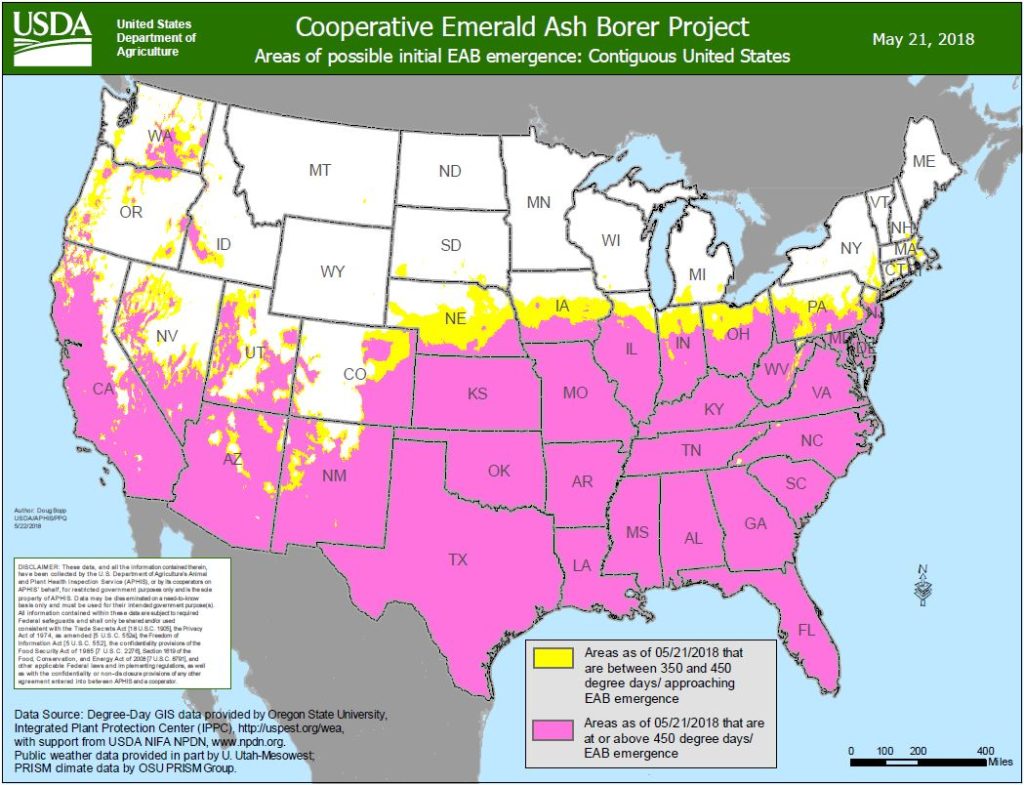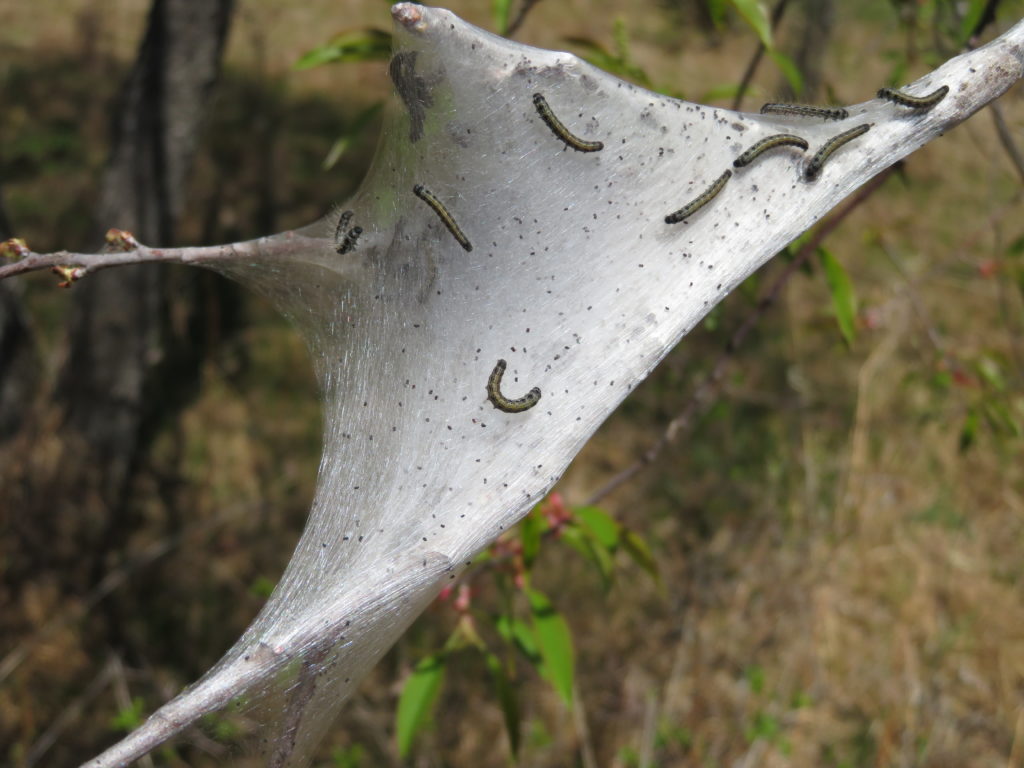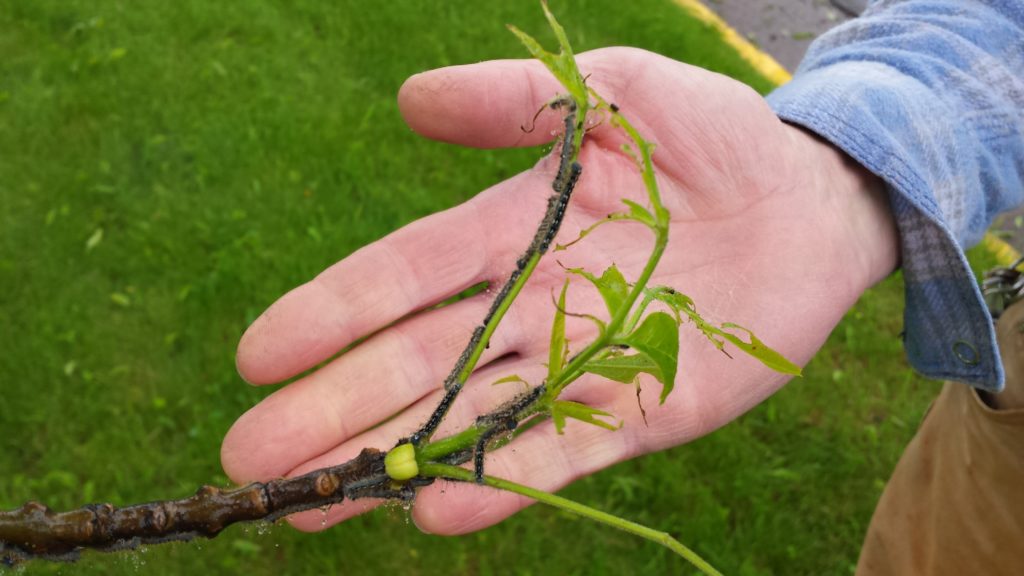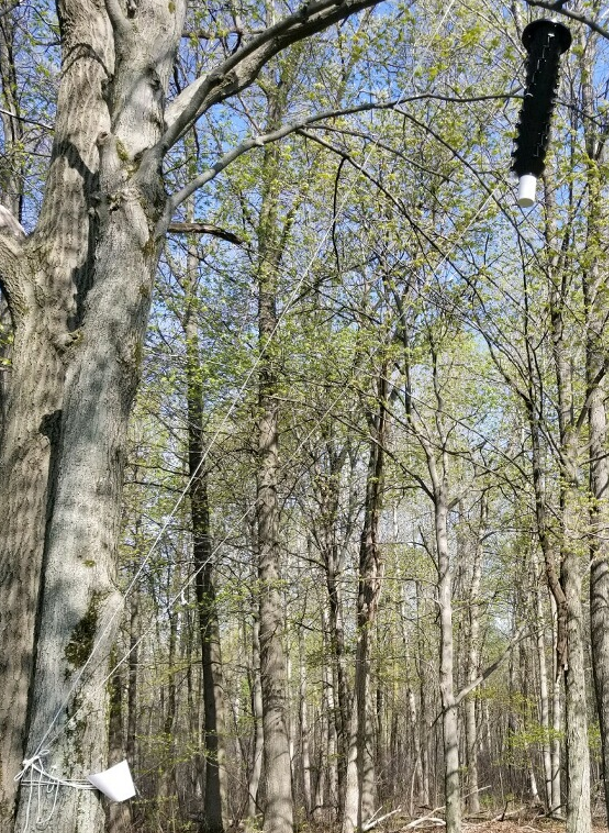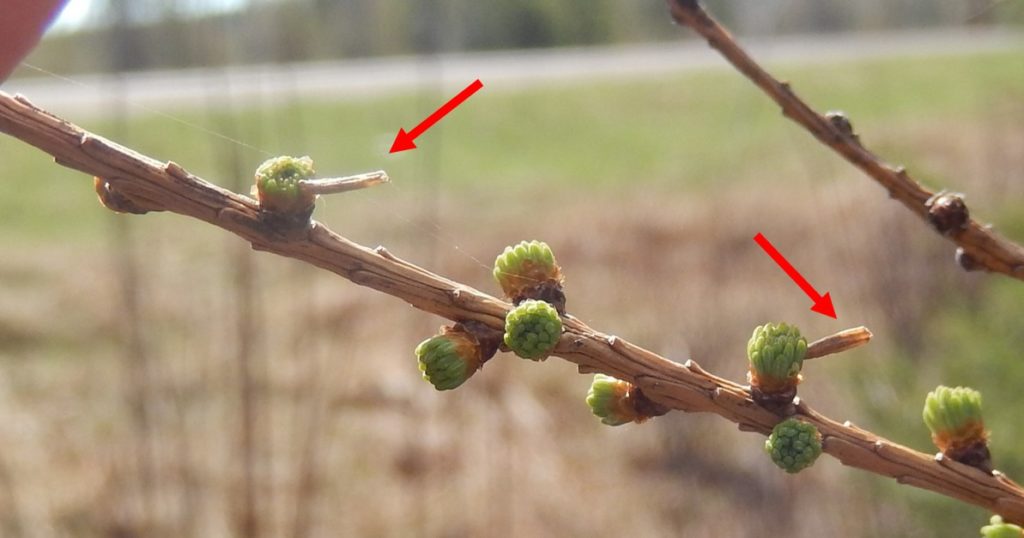By Carmen Hardin, Applied Forestry Bureau Director
We are inviting all users of the WDNR’s Silviculture Handbook to complete a survey to gather input on how they use the handbook and suggestions for improvement in structure, format and information.
Please complete the survey at https://www.surveymonkey.com/r/VQGTJZQ by June 22, 2018.
This survey request is driven by several factors. The primary need is that the Department of Natural Resources, working with the Silviculture Guidance Team, recognizes the need to take a holistic review of the structure and format of the handbook in an effort to address concerns raised in the Wisconsin Forest Practices Study and by other key users, and to improve overall communication of important silviculture concepts. A goal of this review is to evaluate the organization and presentation to improve the utility and function for handbook users.
This survey request also ties into continued efforts to gain efficiencies to meet the 20,000 hour reduction in investment in forest tax law program administration. The Division of Forestry’s Tax Law Section is looking to move key eligibility and enforcement requirements into the Tax Law Handbook and rely more on the Silviculture Handbook as a resource, similar to the Best Management Practices for Water Quality Field Manual, the Biomass Harvesting Guidelines and guidelines related to forest health issues.
The survey has 23 questions and should take approximately 15 minutes to complete. Please share this survey request with others that you think may be interested in completing it.
If you have questions regarding the survey, please contact Katy Thostenson at 608-535-7049 or kathryn.thostenson@wisconsin.gov.
 American Transmission Co (ATC) has new program that provide funding for the purchase of seeds, plugs or plants that are low-growing perennials that can be planted within a transmission line right-of-way. This program in conjunctions with the ATC’s existing Community Planting Program will help create greener communities. Learn more about both programs through the press release from ATC.
American Transmission Co (ATC) has new program that provide funding for the purchase of seeds, plugs or plants that are low-growing perennials that can be planted within a transmission line right-of-way. This program in conjunctions with the ATC’s existing Community Planting Program will help create greener communities. Learn more about both programs through the press release from ATC.
